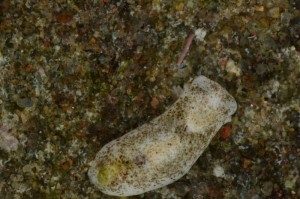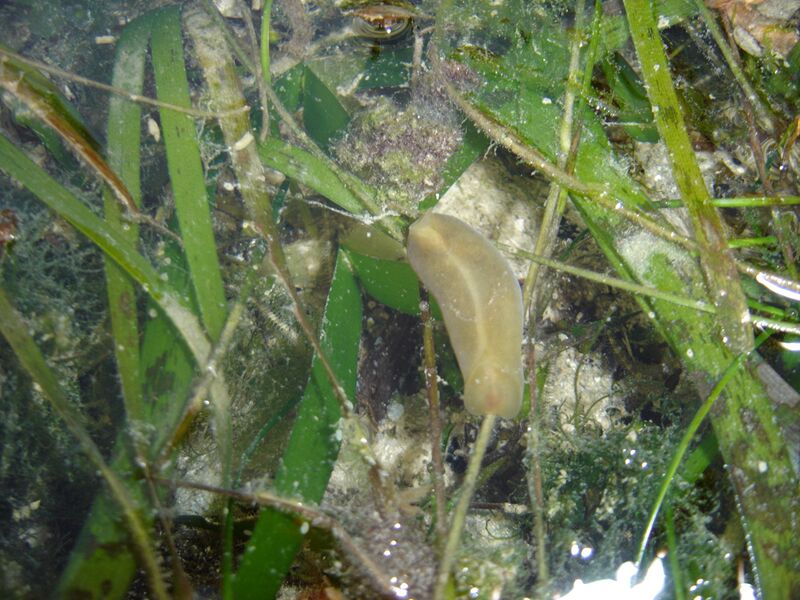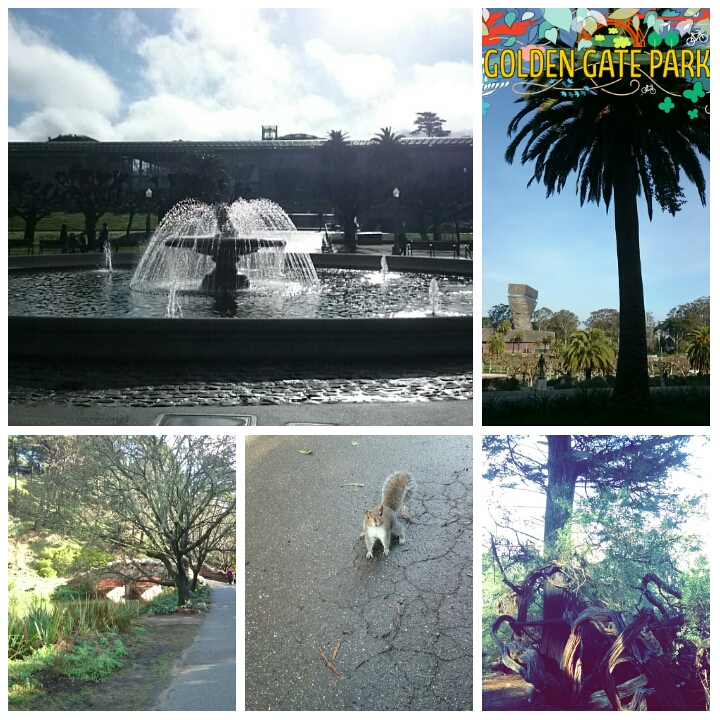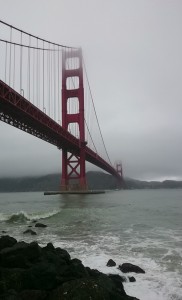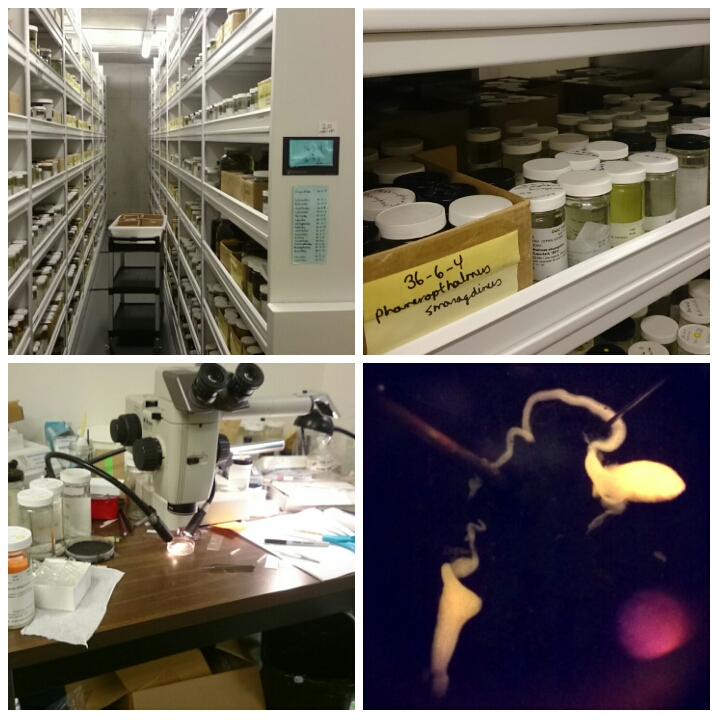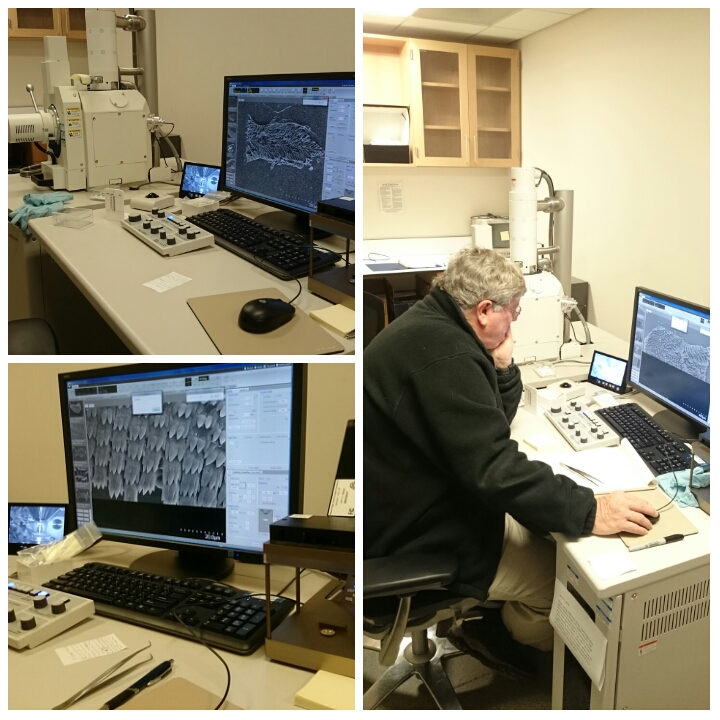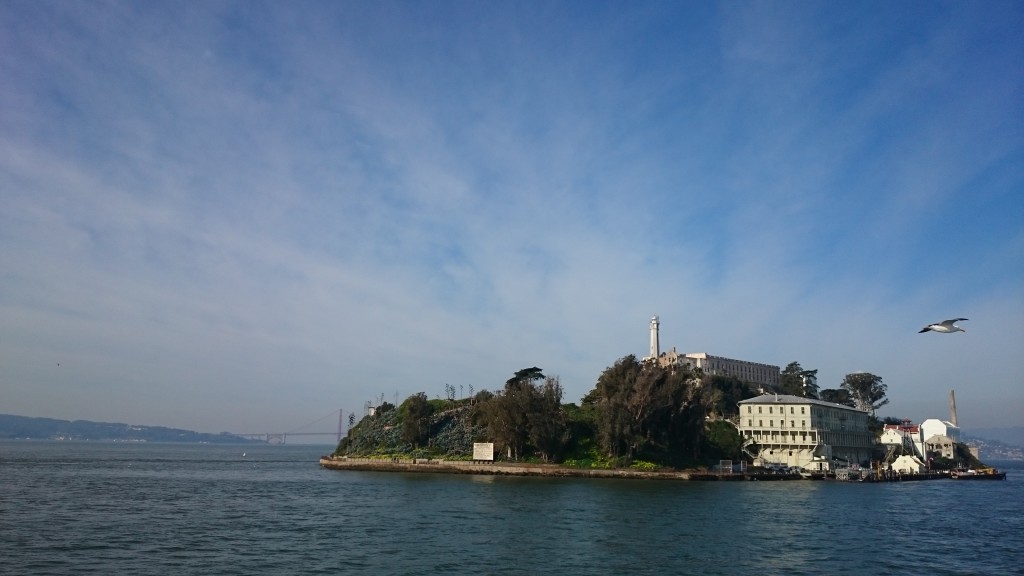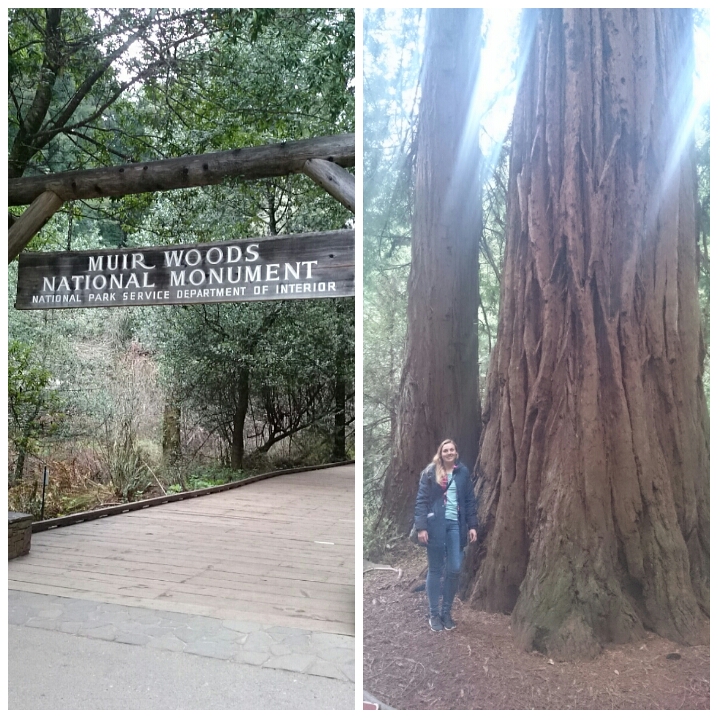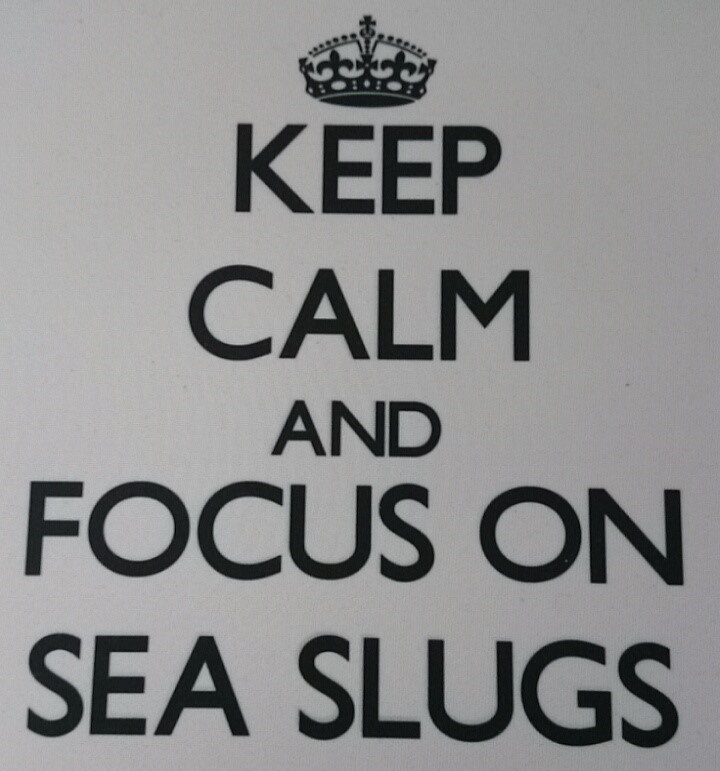Initiated in 2013 by Dr. Terry McGlynn, March 19th has become
the International Taxonomist Appreciation Day!
The what, now?
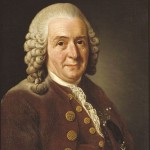
Carl von Linné 1707–1778 painted by A. Roslin (Wikimedia)
Taxonomy is the science of naming, describing and classifying organisms and includes all plants, animals and microorganisms of the world. Using morphological, behavioural, genetic and biochemical observations, taxonomists identify, describe and arrange species into classifications, including those that are new to science.
Modern taxonomy began with Carl Linnaeus (1707 – 1778), who devised the formal binominal (two-part) naming system we use to classify all lifeforms. Since then, approximately 1.7 million animal species have been formally described (according to the IUCN (2014)).
It is of course impossible to give a definite number for how many species that are still awaiting recognition and formal description, but a estimate by Mora et al. in 2011 suggest that
In spite of 250 years of taxonomic classification and over 1.2 million* species already catalogued in a central database, our results suggest that some 86% of existing species on Earth and 91% of species in the ocean still await description. Renewed interest in further exploration and taxonomy is required if this significant gap in our knowledge of life on Earth is to be closed.
If you want to know more about what taxonomists do, you can have a read here: Taxonomy matters. Here’s why (Lyman Museum at McGill University).
There is a lot of work still to be done – and far too few taxonomists available to do it – so please appreciate the ones that we have!
Celebrate the day by
- giving your local taxonomist a cup of coffee (or tea), and a word of encouragement (a big pile of money for research wouldn’t be amiss, either!)
- check out the taxonomy pun contest at Buzz Hoot Roar (“a graphics-driven blog that shares and/or explains a scientific concept in 300 words or less”)
- visit Curious Taxonomy for funny, punny, interesting and plain strange species names – and share your favourites!
Some of ours include:
Did you know that there is a genus of small marine snails named Ittibittium? These are – of course – smaller than molluscs of the genus Bittium.
Strategus longichomperus (Ratcliffe) is a Honduran scarab with long mandibles.
Ytu brutus (Spangler, 1980) is a water beetle, “Ytu” comes from the local (in Brazil) word for waterfall.
Has your favourite book/movie/game characters been honoured with a naming?
Aleiodes atuin, A. binkyi, A. deathi ++ (Butcher et al. 2012) are braconid wasps – all named from Terry Pratchett’s Discworld series. [Zootaxa 3457]
Darthvaderum (Hunt, 1996) is an oribatid mite “When I saw the SEM (scanning electron micrograph) of the gnathosoma I immediately thought of Darth Vader, evil antihero of Star Wars.” [Records of the Australian Museum 48: 303-324]
Gwaihiria (Nauman) is a diapriid wasp named for Gwaihir, Lord of the Eagles. - visit the Biodiversity Heritage Library and learn something new
- visit the exhibitions at your local Natural History Museum (Bergen sadly excepted at the moment – we will open again in 2019!)
- If you can read Norwegian, check out this post about Amphipod taxonomy and taxonomists, and peruse the ongoing biodiversity projects from the Norwegian Biodiversity Information Centre, where taxonomists work to better our knowledge of the local fauna and flora.
- understand the value of Museum Collections for Research and Society
- remember the naturalists who have perished in pursuit of knowledge by visiting The Wall of the Dead: A Memorial to Fallen Naturalists
- tell your taxonomist co-workers that you appreciate their work!
#loveyourtaxonomist is the word of the day!
Mora C, Tittensor DP, Adl S, Simpson AGB, Worm B (2011) How Many Species Are There on Earth and in the Ocean? PLoS Biol 9(8): e1001127.
The World Conservation Union (2014) IUCN Red List of Threatened Species 2014.3. Summary Statistics for Globally Threatened Species. Table 1: Numbers of threatened species by major groups of organisms (1996–2014))
*see paper for explanation for this number vs the 1.7 million of the IUCN.


